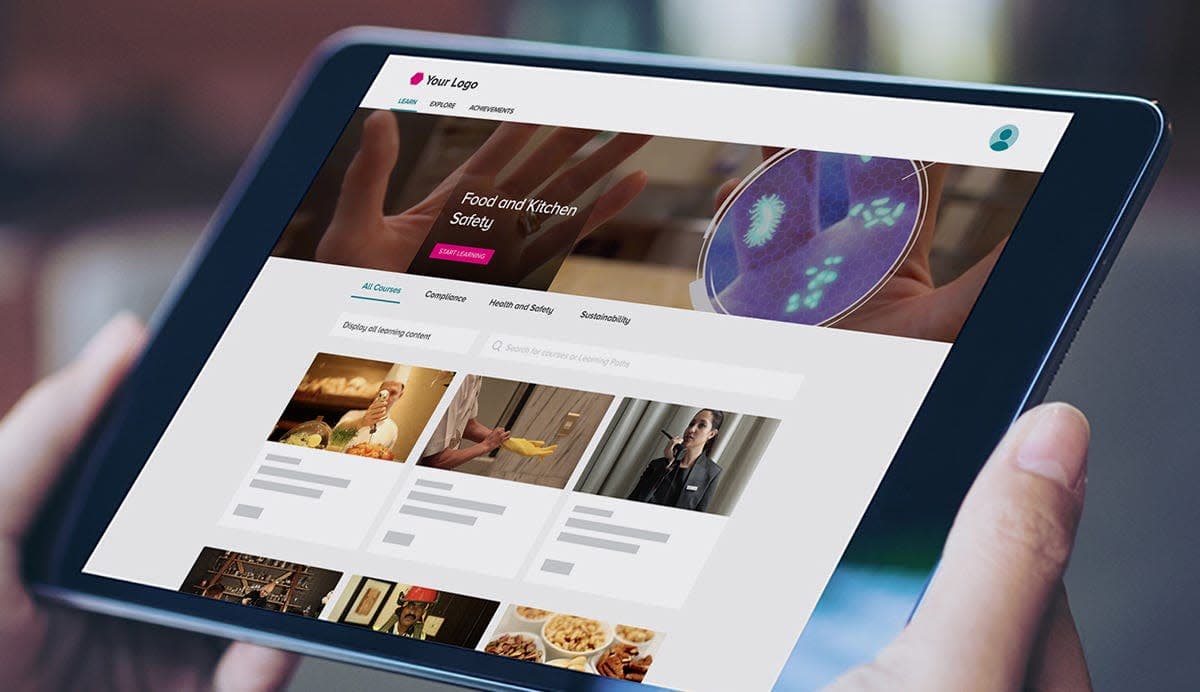Case StudyStream Team: Conducting Secondary Generative Research - Leveraging Secondary Research for Informed Product Development
Lobster Ink, a company focused on delivering impactful training solutions, faced the challenge of making informed decisions in product development amidst vast amounts of available data. Primary research, while valuable, was time-consuming and resource-intensive. To complement primary research efforts and make more informed decisions, Lobster Ink needed a structured approach to leveraging secondary research, utilizing existing data to gain insights and guide product development effectively.

The Solution
Led by Lade Tawak, Senior UX Researcher & Experience Designer, Lobster Ink implemented a comprehensive strategy to incorporate secondary research into their product development process. The approach involved several key components:
- Identifying Relevant Secondary Sources: The team identified and cataloged a wide range of secondary sources, including market reports, academic research, industry analyses, and competitor benchmarks.
- Systematic Review and Analysis: A systematic process was established to review and analyze these secondary sources, extracting relevant insights that could inform product development decisions.
- Integration with Primary Research: Secondary research findings were integrated with primary research efforts to provide a more comprehensive understanding of user needs, market trends, and competitive landscapes.
- Cross-Functional Collaboration: Collaboration between UX researchers, product managers, designers, and data analysts ensured that secondary research insights were effectively utilized across different stages of product development.
- Regular Updates and Continuous Learning: The team maintained an ongoing process of monitoring and updating secondary research sources to keep insights current and relevant, fostering a culture of continuous learning.
- Documentation and Dissemination: Key findings from secondary research were documented and disseminated through reports, presentations, and workshops to ensure that insights were accessible to all relevant stakeholders.
Outcomes achieved
Implementing secondary research as a core component of the product development process at Lobster Ink led to several significant outcomes:
- Informed Decision-Making: The systematic use of secondary research provided valuable insights that informed strategic product decisions, reducing reliance on primary research alone and accelerating decision-making.
- Resource Efficiency: Leveraging existing data sources allowed Lobster Ink to save time and resources that would have been spent on extensive primary research, optimizing the allocation of research efforts.
- Comprehensive Market Understanding: Combining secondary research with primary research provided a more holistic view of the market, user behaviors, and emerging trends, enhancing the overall understanding and strategic planning.
- Enhanced Product Innovation: The integration of diverse insights from secondary sources sparked innovative ideas and solutions, contributing to the development of products that better met user needs and market demands.
- Cross-Functional Alignment: The collaborative approach to secondary research fostered better alignment and communication across different teams, ensuring that insights were effectively utilized and integrated into the product development process.
- Continuous Improvement: The ongoing process of monitoring and updating secondary research sources supported continuous improvement and adaptation, enabling Lobster Ink to stay ahead in a dynamic and competitive market.
